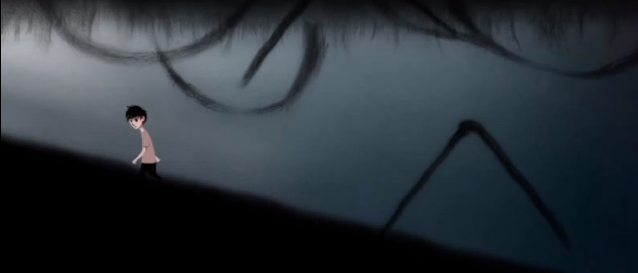Introduction
Elude is not only a game, but a metaphor for the internal struggle that is clinical depression. It is meant to raise awareness and inform players of the dangerous illness, and is specifically targeted are friends and family of those with depression, as part of a psycho-educational push in games.
Below is a detailed analysis of this game roughly following Brian Winn's1 Design/Play/Experience framework, including:
Learning
Elude is meant to raise depression awareness and teach parents, relatives, and friends of depression victims the real life dangers of the disease.
The game is meant to show that depression is an uncontrollable carrying of moods, not just always being sad or unhappy with ones life. There are neutral emotions that are accompanied by very short highs that end very quickly and, more commonly, deeply disturbing lows that are incredibly hard to get out of.
It is purely a game about depression awareness, and no real facts are given, other than quoting a few scholars that just ass to the mood of the game.
Storytelling
The game takes place in 3 separate areas the represent the three key emotions; a vibrant, leaf filled sky area where the character bounces happily petal to petal, a middle area that if full of cathartic-like statues and dead trees, which you must climb to get to the vibrant happiness area, and a dark, morbid underworld, that the player randomly gets dragged down to which is incredibly hard to climb out of.
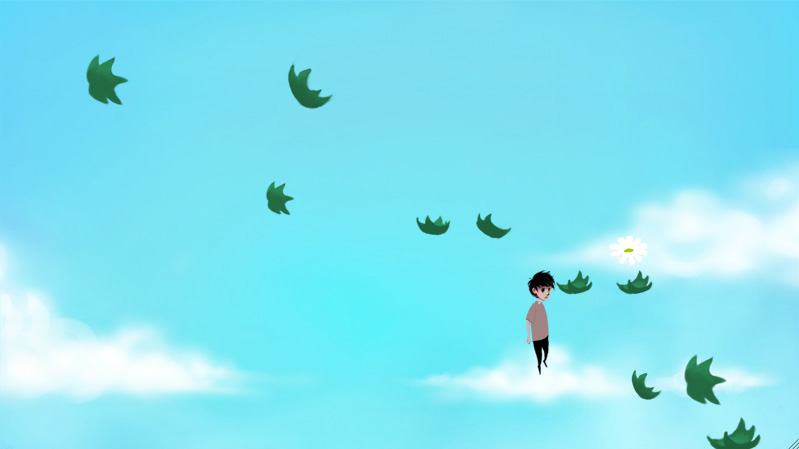
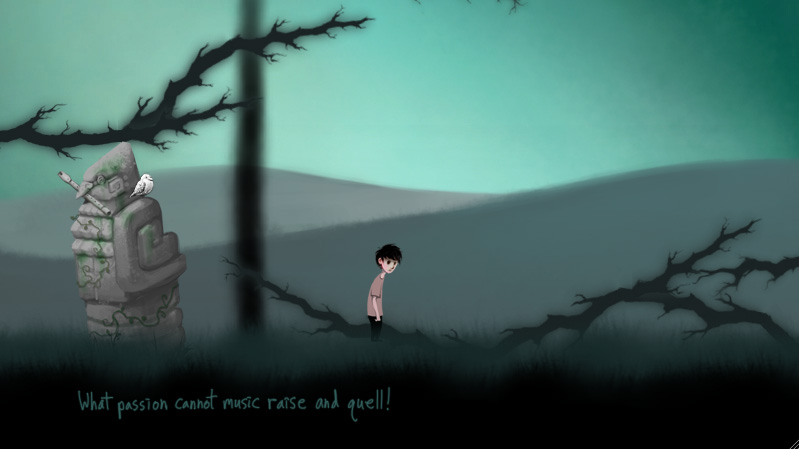
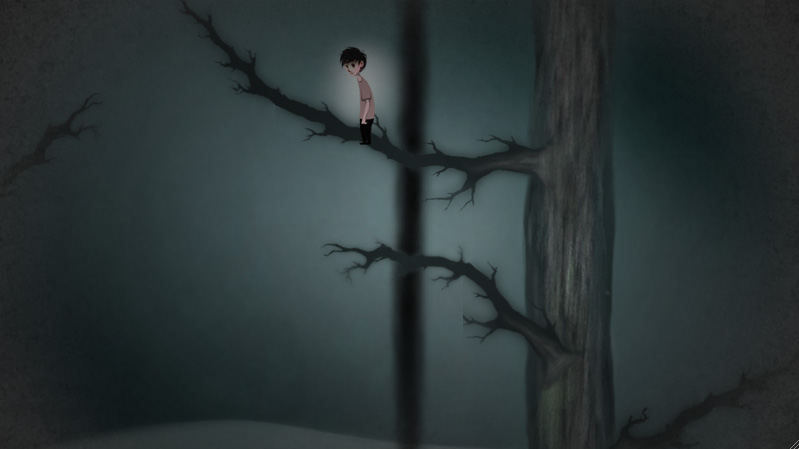
The player is a very generic looking pale sad person, probably in their late teens or early twenties. When he speaks to the bird characters, he glows and slightly smiles.
The story of the game is variable, with highs and lows being determined by the player, though it is much easier to get dragged down to unhappy underworld then climb up to the happy over-world, though i believe this was the designers intent.
Game play
The game play takes from that of basically any other considerables, giving the player the ability to walk left or right and jump, with the exception of the ability to emit a groaning helpless like noise. This groan has an area of effect that, when in the radius of one of the bird characters that sits in the trees, makes the birds turn from white to green and emit green particles. This particles, when close to the player, touch the player, cause him to glow, and add a significant height to the players jump.
The game play in the middle neutral section is all about staying away from the bottom of the stage and climbing up the limbs of the dead trees as fast as possible. This is to prevent being sucked down to the underworld and getting stuck down there for a prolonged period of time.
When in the upper happy section of the world, the player jumps higher and higher, bouncing on leaves trying not to descend and instead ascend as high as possible. However, leaves become scarce as the player gets higher and higher and thus, at some point, the player will have to drop back down to the neutral section, rather quickly.
If the player does not ascend the neutral area fast enough, he will get sucked down into the underworld area, where he moves incredibly slowly and is constantly sucked deeper and deeper down. Eventually, the player will encounter one of the helpful birds, which, with the groan and ump assistance, will allow the player to escape.
User Experience
There is a incredibly limited user interface, with the exception of a splash screen in the begging that outlines the controls, and a chart at the end of the players progress through the world. It works very well in this way, as more information would have taken away from the metaphor.
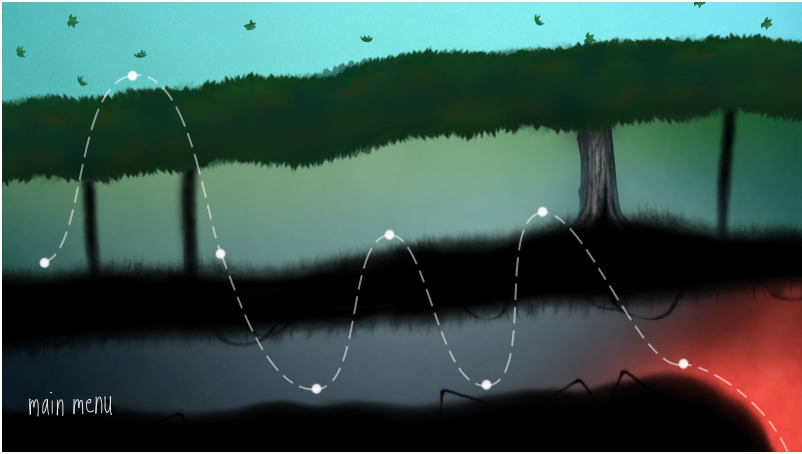
Technology
Elude requires Adobe Flash Player 10.1. The game has been tested on the following minimum hardware configurations:
- Windows 7/Vista/XP
- OS X 10.6 (Snow Leopard)
- Intel Core 2 CPU 2.33GHz
- 3 GB of RAM
This works very well as a browser game, as it is available to anyone with a computer made in the past 5 years.
Assessment
The serious goals of this game could be assessed by post-play survey of players with depression suffering relatives/friends. I would like to see if the players awareness of how they affect those suffering from the disease or what the disease actually entails has improved.
Conclusion
I believe the game is incredibly successful in its goal, and shows that a serious game does not have to bombard the player with facts just to get a point across. I would, however, like to see some facts at the end that support their argument, and also some more references on where to go for depression help and awareness.
